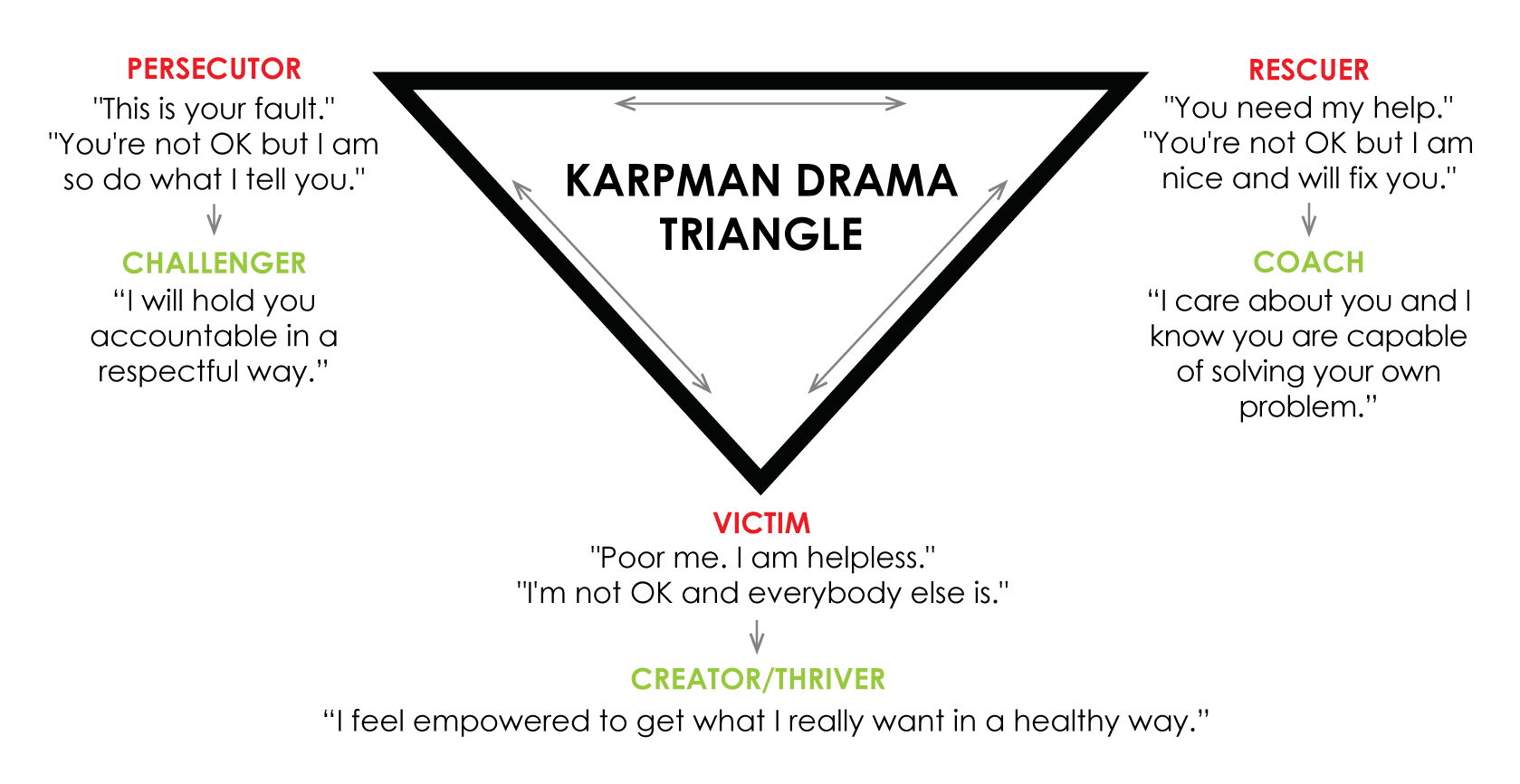How to Know When a Team Member Goes Bad

As leaders we hate to quit. Just the thought of “giving up” makes us cringe. It might be the feeling we are giving up on a person, or giving up on a goal or initiative; either way, leaders don’t like to feel like they haven’t given all their efforts towards something or someone who is important.
Yet there are times when we need to demonstrate leadership skills by fighting for company core values and team culture. This isn’t walking away from something, this is walking towards something bigger. If dynamics in the workplace or on the executive team have reached a point where an individual staying is unhealthy for your company culture or they are not living your company’s core values, at some point leaders need to make hard decisions for the greater good of the team. The ability to see that a relationship is no longer a “win-win” is critical, and it’s a sign of strength—not weakness—to say “no-deal”. Here are three warning signs that a key business relationship may need to end because it is negatively affecting your company culture, staff morale, or team dynamics.
1. The drama triangle is alive and well
Are the people involved in the dynamic becoming entrenched in roles of persecutor, victim, or rescuer? Have people begun to take sides? If so, you know there is dysfunction in a relationship dynamic. Often, when a relationship begins to end, people become fixed in the role of victim and point fingers at someone else who they feel is in the role of persecutor. Lines in the sand begin to be drawn and camps begin to emerge.
2. Positive interactions decrease, and negative interactions increase
If you reflect on the dynamics and the people involved in the situation, do you see overall positive or negative interactions? Are moments of laughter, light banter, and general positivity becoming increasingly rare? Or worse yet, do you see your staff stressed due to the relationship and the drama it ensues? If so, it could be time to move on. It’s normal for working relationships to have ups and downs, especially as executives work out real life business challenges. However, if you find most or all of the personal positive interactions are gone for a sustained amount of time, things may be at a close. Others can feel the ice in a room or the unspoken tension that develops. The more awkward things are on the surface, usually feelings are worse deeper down.
3. A fundamental difference in goals
Often when relationships on an executive team end, it is because individuals realize they want different things, or they no longer can live the core values of the company. The divide is just too great to overcome. Often individuals who feel trapped in a situation and don’t see an easy way out, may unconsciously or consciously begin to demonstrate sabotage behaviors. These employees move from being disengaged to actively disengaged. These behaviors force the hand of another person or create a dynamic that requires someone else to make a decision for them. It is as though the final hand is played by someone else so it’s easier for them to have a reason to walk away. Is there someone in your company that seems to be forcing your hand?
Reflecting on the three points above, if you identify with 2 or 3 of them, either in yourself, or in a team member who is negatively affecting your company culture, you could be in a situation where a working relationship is ending. Stephen Covey talks about the ability of two parties to have a “no deal” if they can’t come to a “win-win”. As leaders, it is important to recognize when a relationship is no longer a win-win. Knowing when to end something isn’t quitting, it’s making a decision that fights for core values.






